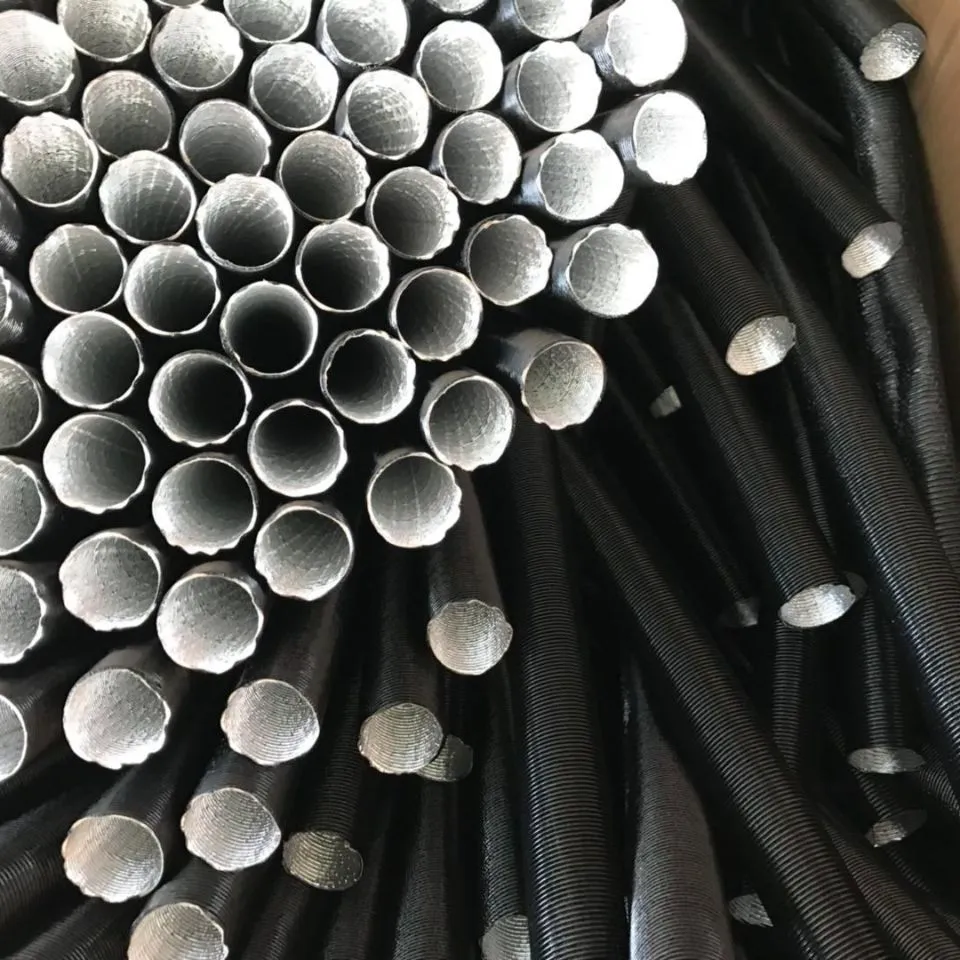Comparing PVC Air Hoses and Rubber Hoses for Your Needs
PVC Air Hose vs. Rubber Air Hose A Comprehensive Comparison
When it comes to selecting the right air hose for your pneumatic tools and applications, two of the most common materials are PVC (Polyvinyl Chloride) and rubber. Each has its advantages and disadvantages, making them suitable for different environments and uses. In this article, we’ll explore the key differences between PVC air hoses and rubber air hoses, helping you make an informed choice for your specific needs.
Material Composition
PVC air hoses are constructed from polyvinyl chloride, a widely used synthetic plastic polymer. This material is known for its durability, flexibility, and resistance to certain chemicals. Rubber air hoses, on the other hand, are typically made from natural or synthetic rubber compounds, offering a different set of properties.
Weight and Flexibility
One of the most noticeable differences between PVC and rubber hoses is their weight. PVC hoses are generally lighter than rubber hoses, making them easier to handle and transport. This can be particularly advantageous for applications that require frequent movement or repositioning of the hose. However, rubber hoses tend to be more flexible and can handle bending and twisting better without kinking, which can be crucial for maintaining airflow in pneumatic systems.
Durability and Resilience
When it comes to durability, rubber air hoses often have the upper hand. They are more resistant to abrasion, UV rays, and extreme temperatures, making them suitable for outdoor use and harsher working conditions. PVC hoses are less resilient in extreme temperatures and may not perform well in environments where they are exposed to high heat or cold. That said, many PVC hoses are designed for specific applications and can still offer a decent level of durability for general use.
Chemical Resistance
pvc air hose vs rubber

If your work involves exposure to chemicals, choosing the right hose material is critical. PVC hoses are generally more resistant to certain chemicals, oils, and fluids than rubber hoses. This makes PVC an excellent option for environments where the hose might come into contact with solvents or other harsh substances. Rubber hoses, while still suitable for many industrial applications, may degrade quicker when exposed to certain chemicals.
Cost and Availability
Another factor to consider is cost. PVC air hoses tend to be more budget-friendly compared to their rubber counterparts. This affordability makes them a popular choice for home use and light industrial applications. Rubber hoses, while generally more expensive, may provide added longevity and performance in demanding environments, justifying the higher investment.
Applications and Suitable Uses
When selecting an air hose, consider your specific application. PVC air hoses are often preferred for lighter-duty tasks like inflation, air-powered tools, and general DIY projects. They are commonly used in construction and landscaping jobs where portability and ease of use are a priority.
In contrast, rubber air hoses are better suited for heavy-duty applications, such as in automotive repair shops, manufacturing, and other industrial settings where high pressure and durability are essential. Their ability to withstand extreme conditions makes them a reliable choice for professionals who require consistent performance.
Conclusion
Choosing between a PVC air hose and a rubber air hose ultimately depends on your specific needs and the environment in which the hose will be used. If you prioritize weight, cost, and basic flexibility, a PVC air hose may be the right choice. However, if you need a hose that can withstand extreme conditions, abrasions, and chemical exposure, investing in a rubber air hose will likely provide better performance and longevity. By understanding the differences between these two materials, you can make a more informed decision and ensure that you select the best air hose for your application.
-
Top Quality Oxy Acetylene Hoses for Sale Fit for Welding DemandsNewsJul.28,2025
-
The Future of Pneumatic Air Tubes in IndustryNewsJul.28,2025
-
Superior and Reliable LPG Hose Pipe Solutions for Every NeedNewsJul.28,2025
-
Exceptionally Durable and Versatile Premium Braided PVC TubingNewsJul.28,2025
-
Best Adapters for Connecting Garden Hose to PVC Pipe ConnectionsNewsJul.28,2025
-
The Essential Role of LPG Hoses in Safe and Efficient Gas DistributionNewsJul.16,2025














